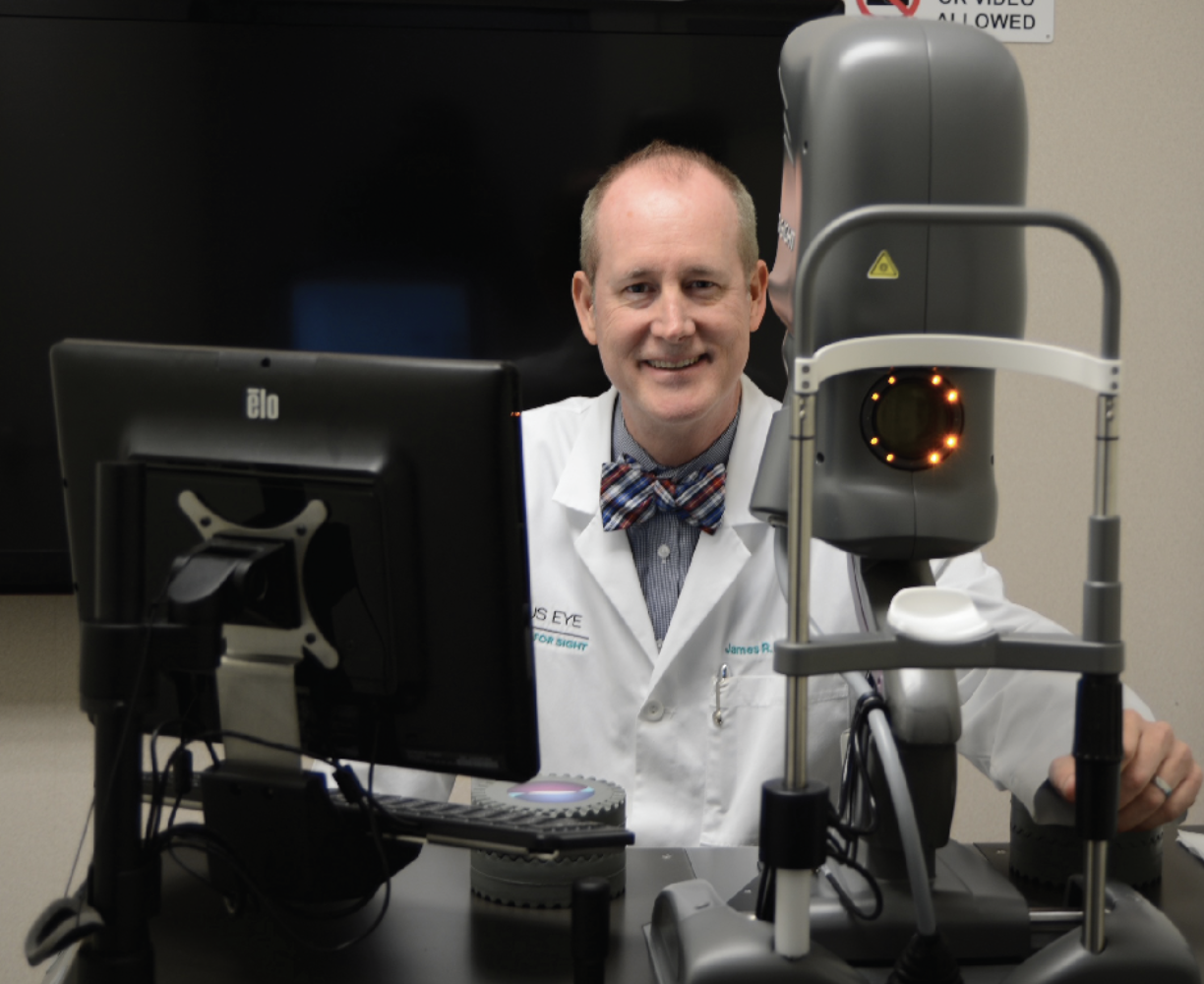 |
Q:
A surgeon I refer to is using a lot of light adjustable lenses (LALs). I am in a quandary as to why the lens is used, the associated cost and the role of the comanaging OD in its postoperative care. Are there other options?
“I have personally found this lens to be very beneficial in post-refractive surgery patients,” says James Lenhart, OD, who has comanaged and completed over 500 LAL post-surgical treatments at Center for Sight in Sarasota, FL. “Most patients are expecting cataract surgery results equal to or greater than what they previously experienced with radial keratotomy or LASIK. However, if the patient has a history of herpes simplex keratitis or is taking systemic medication that may increase sensitivity to UV light, such as tetracycline, doxycycline and hydrochlorothiazide, they should consider another IOL option.”
The LAL is the only FDA-approved IOL that allows refractive adjustments and customizes the patient’s vision after cataract surgery. This is accomplished by the use of a unique silicone formulation that creates a photosensitive IOL material that, with the addition of UV light, can change the lens’s power.
 |
|
Dr. Lenhart locking in final prescription with LAL. Click image to enlarge. |
“The LAL option is considered a premium IOL and thus has an out-of-pocket patient cost vs. a standard IOL,” Dr. Lenhart says. “This cost ranges typically from $3,000 to $5,000 per eye and is not covered by any insurance. The lens can also correct astigmatism ranging from 0.75D to 2.00D.”
Other options to achieve 20/20 unaided vision, including the standalone toric lenses (range 1.00D to 4.00D), femtosecond laser treatment for lower amounts of astigmatism, and other intraoperative technologies such as the Optiwave Refractive Analysis system (ORA; Alcon) improve outcomes for difficult patients such as post-refractive surgery.
Post-op Concerns
This lens is going to involve more exams after surgery, including one to three LAL treatments with the light delivery device (LDD). The patient’s refractive status is then finalized with two lock-in LDD treatments. The patient is also encouraged to wear UV blocking glasses to prevent unscripted refractive changes before the lock-in treatments are completed.
According to Dr. Lenhart, the comanaging optometrist can be indispensable in helping the patient. “I view the importance of an accurate refraction in LAL patients as equal to the preoperative refraction in LASIK patients,” he says.
During the post-op period, Dr. Lenhart will see the patient at one day, one week and two weeks out from surgery. During each visit, he does a careful refraction and encourages the patient to use their drops and artificial tears.
As with any cataract surgery and IOL selection, dry eye, posterior capsular opacification and cystoid macular edema can become obvious barriers to achieving the patient’s desired visual/refractive outcome. If needed, Dr. Lenhart will initiate dry eye treatments.
“When early-onset posterior capsular opacification occurs, I will notify the cataract surgeon prior to the first LAL treatment visit,” he says. “If the patient is not seeing clearly at the two-week post-op appointment, we will delay the first LDD treatment that normally occurs three to five weeks out from surgery.”
When the patient has arrived for an LDD treatment, Dr. Lenhart records the patient’s uncorrected vision along with repeating a refraction at distance and near. For him, the starting point for this refraction is the refraction determined at the two-week post-op visit. If clear vision is achieved, the patient is dilated with a goal of achieving 7mm pupils to ensure adequate UV light delivery. Before treatment, the doctor will reestablish the treatment goals based upon the patient’s ocular history and feedback.
Once that is completed, the patient is warned that they might see a slight pink hue for the first 24 hours. The patient is also informed that they might not notice any visual improvement for two to three days. At each subsequent LAL treatment, the patient is asked if they are happy with their visual outcome. Once the visual goals have been achieved, the lock-in LDD treatments are performed.
“The LAL IOL is a novel technology that has a niche with some patients,” Dr. Lenhart says. “This IOL has allowed us to achieve improved refractive outcomes for some of the more unique or visually demanding cataract patients.”
Dr. Ajamian is board certified by the American Board of Optometry and serves as Center Director of Omni Eye Services of Atlanta. He is vice president of the Georgia State Board of Optometry and general CE chairman of SECO International. He has no financial interests to disclose.
1. RxSight P160055: FDA summary of safety and effectiveness data. 2017. www.accessdata.fda.gov/cdrh_docs/pdf16/P160055B.pdf. Accessed November 2, 2023. |

